
Shut the Door On Your Rat Population!
No matter what your needs are, we are here to help interrupt your rats from breeding to an explosion! We can assist you in starting to implement your program, offer refills at discounted pricing, or add additional bait stations to your existing program for added protection or to use traps!
Watch to see how our product works right at the source:
We offer sustainable rat solutions in a few easy steps.

STEP 1
Stop your population at its source with SenesTech Products
Do you have unwanted guests invading your space, causing damage and mess? It's time to reclaim your home! To prevent them from settling in and taking advantage of your hospitality, learn about their habits and preferences. This knowledge will help you effectively deter them from making themselves at home and causing trouble.

Step 2
How to think like a rat to catch your query.
- Why would I want to think like a rat?
- Facts about rats
- It's habits
- It's lifestyle
- It’s needs, wants and desires
- What to look for!

Step 3
Our Solutions to make them leave!
Rats are attracted to a place that meets their needs. Discover valuable advice on managing your yard, feeding wild birds, caring for animals, organizing supplies, and more! Harriet highly recommends using ContraPest and Evolve Rodent Fertility to reduce the risks associated with harmful rodenticides, ensuring a safe and efficient way to prevent rats from invading your home.
Get started with our Recommended Products
-
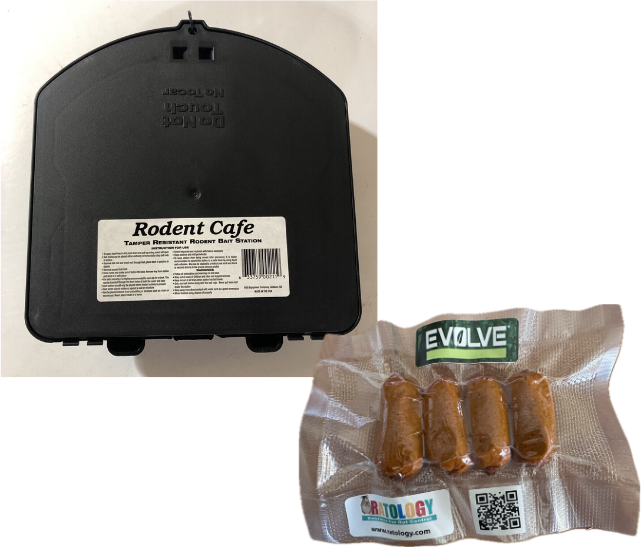
TRIAL SPECIAL Only $19.95!!!!
Order Here*One Rodent Bait Station
* Free Starter Packet of Evolve
*Free Shipping
-
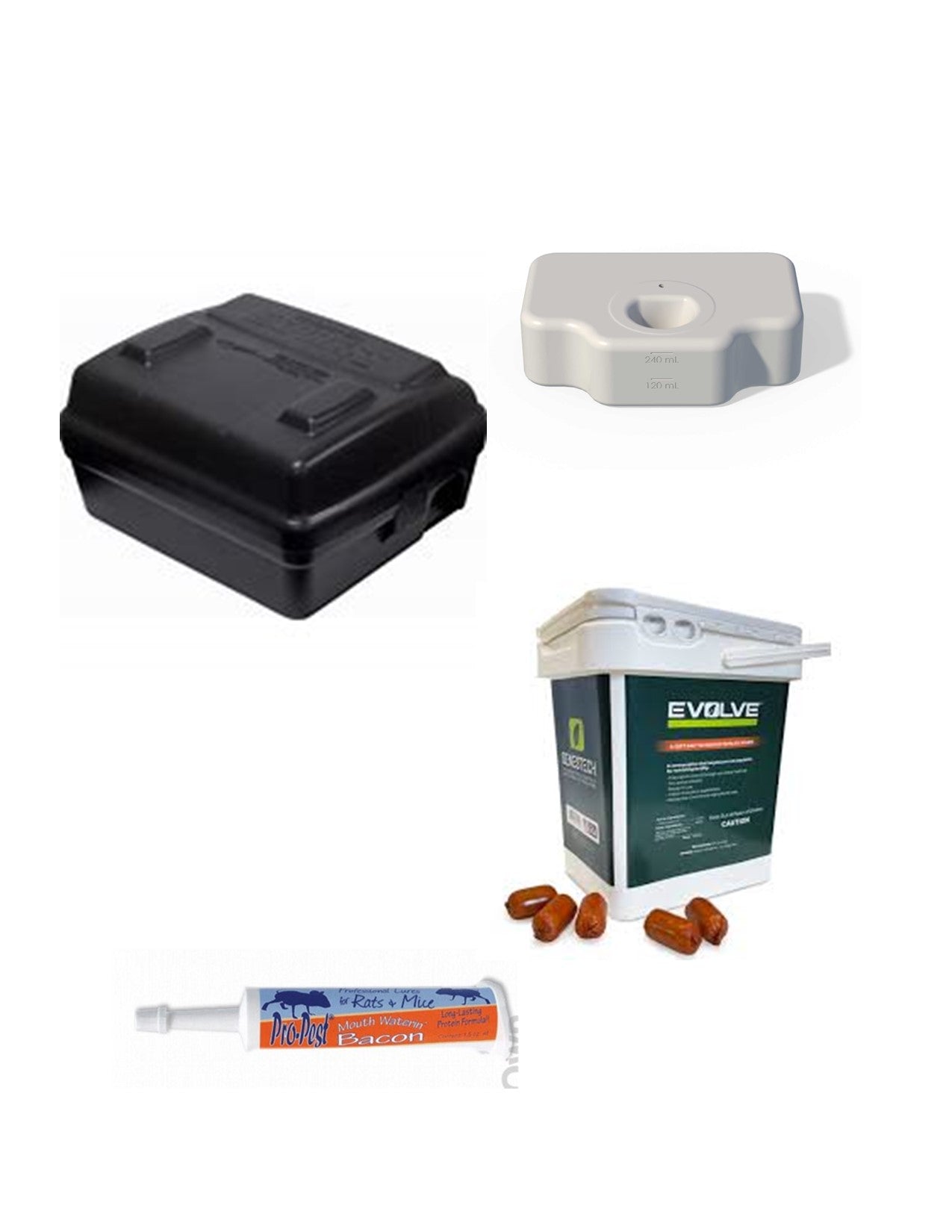
Design Your Rodent Fertility Program
Learn How here -
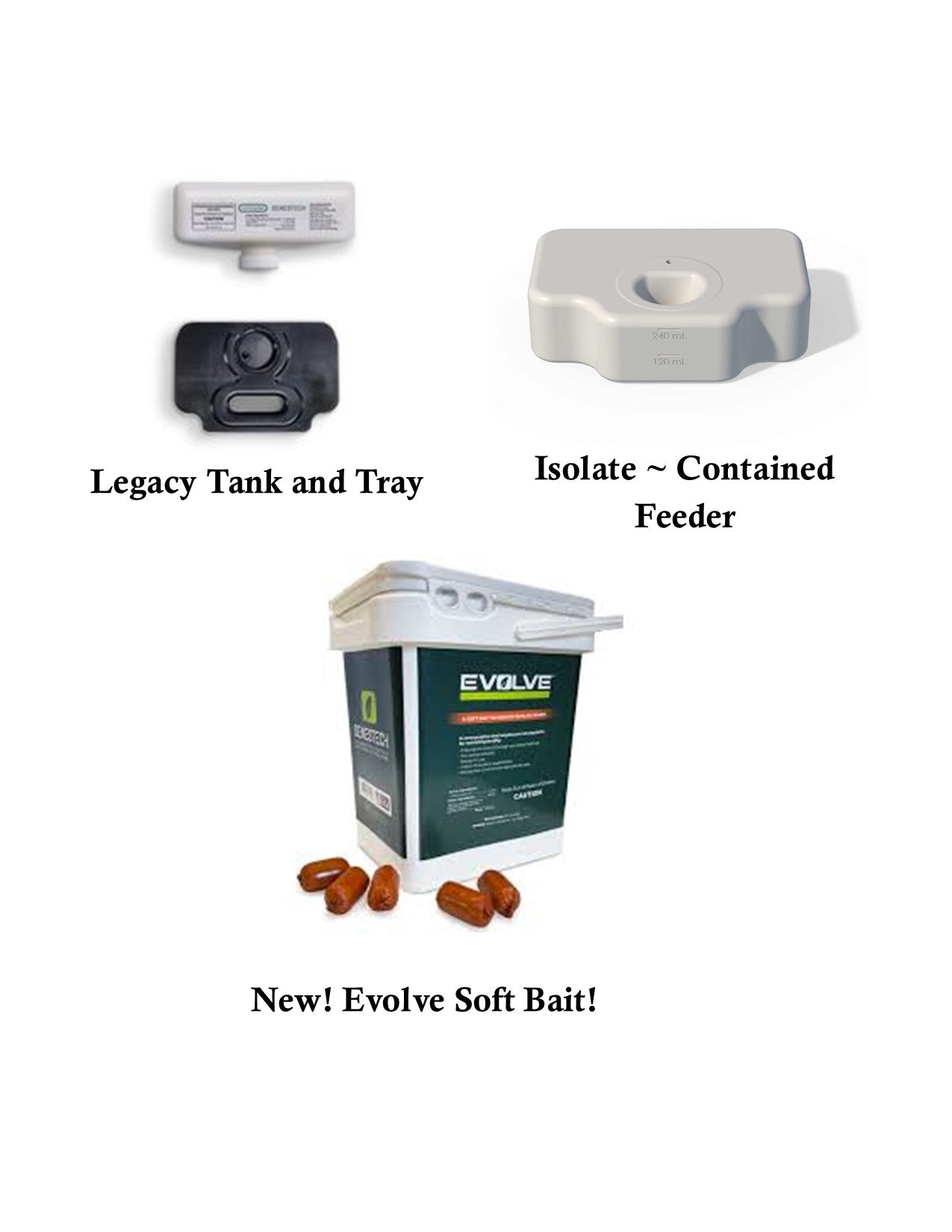
Fertility Bait Refills
Order Here -
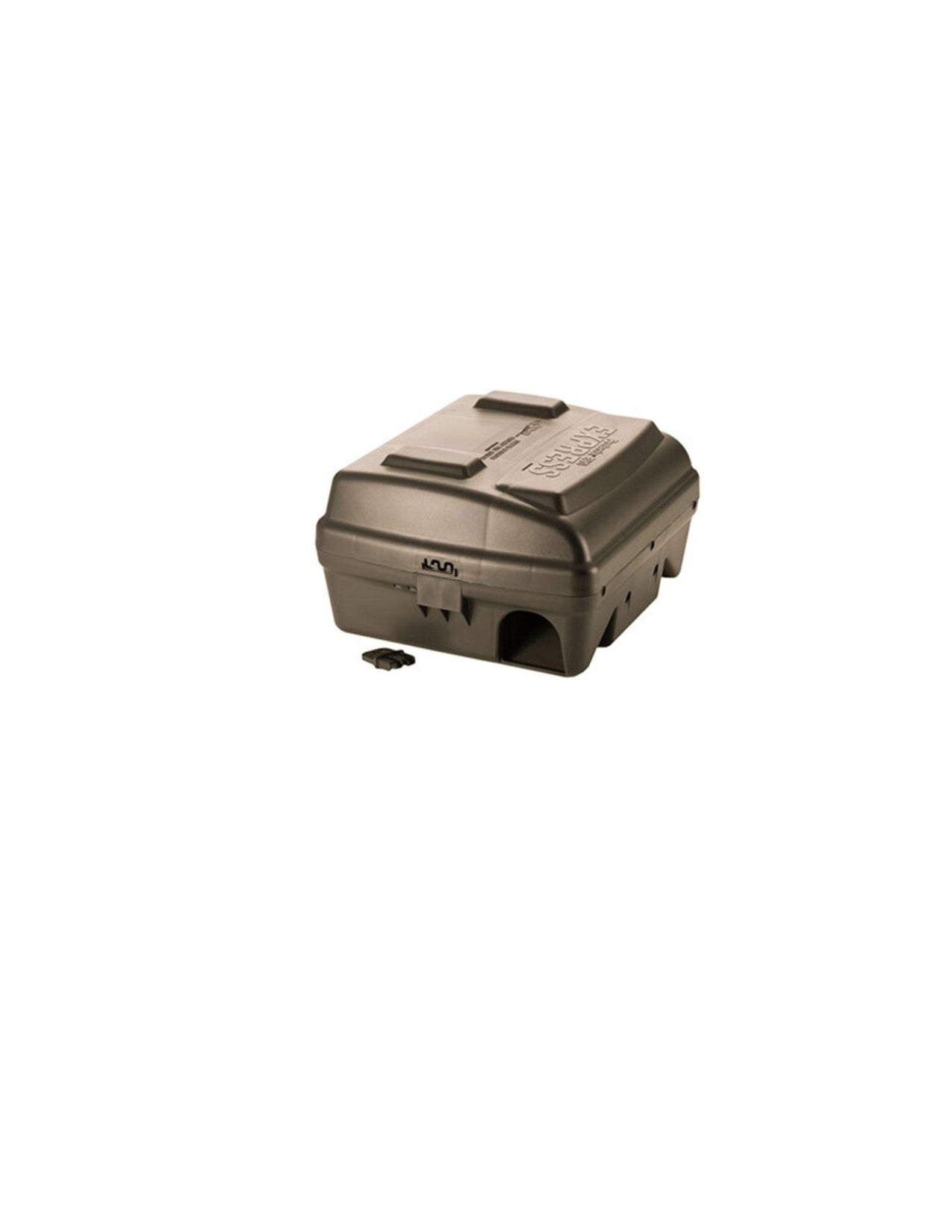
Additional Bait Stations
Order here
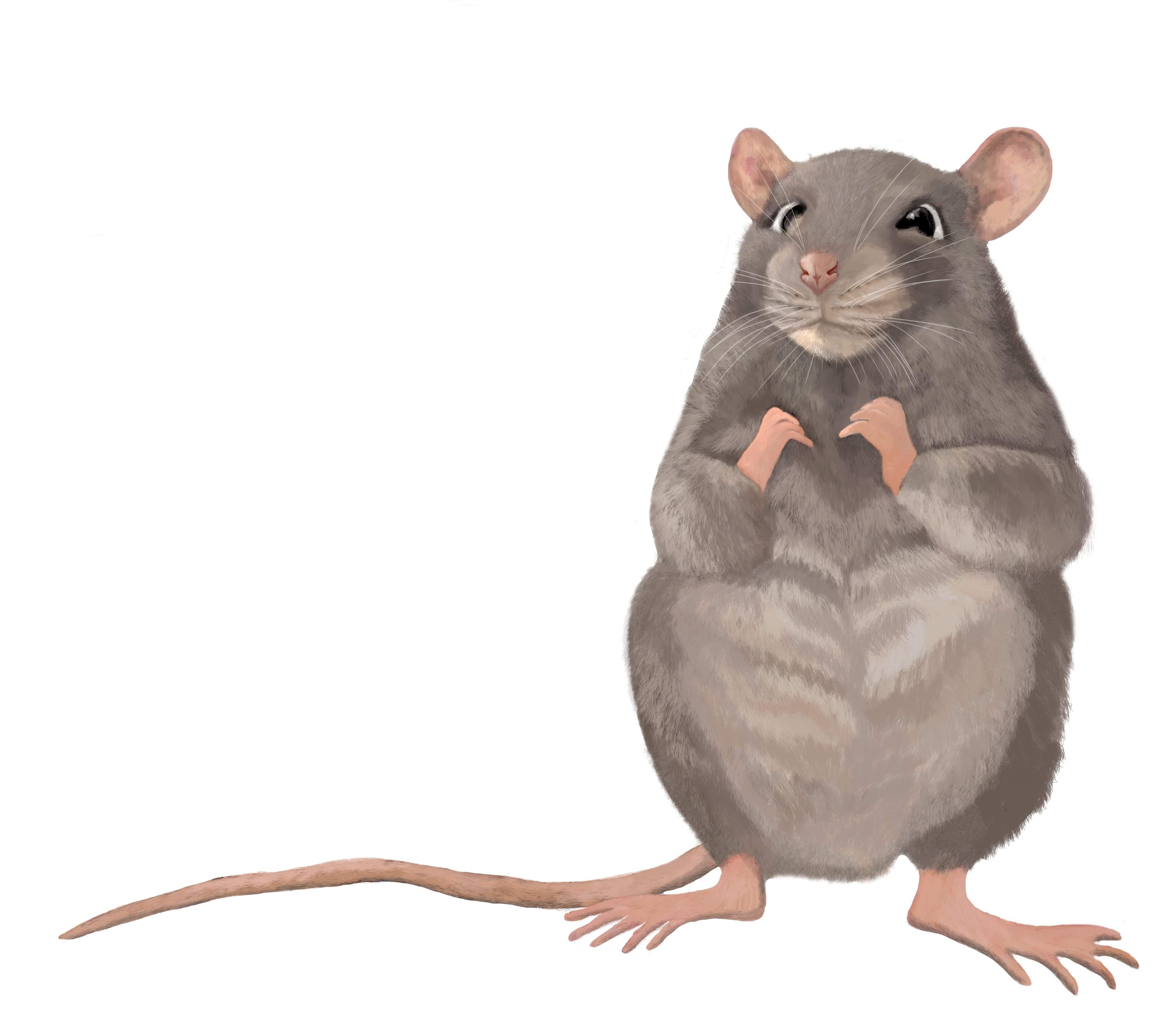
Meet Ratology
Ratology was founded by Wendy Berry to provide useful information and solutions to combat the growing concerns of rodent populations in our country. Her education and first hand experience allow her to better understand the way rodents think, behavior and reproduce, thus providing for more modern, effective and sustainable solutions. Whether you are infested with rodents at a high level or just experiencing minimal activity, Ratology can provide you with the knowledge and direction to eliminate your concerns. For those that have already reached out and benefited from our information - Thank You! For those just joining us for the first time - Welcome! Sincerely, Wendy Berry
What people say about our products
Testimonials
Frequently Asked Questions
The Hidden Dangers of Rodenticides:
The Hidden Dangers of Rodenticides: A Threat to Rats, Raptors, Children, Pets, Environment, and Watersheds
In our efforts to control rat populations, we often turn to rodenticides without fully understanding the broader impact they can have on ecosystems and human health. While these chemicals may seem like a quick fix, their indiscriminate use poses significant risks to various aspects of our environment. From unintended victims like raptors and pets to the contamination of our watersheds, the consequences of rodenticides extend far beyond their intended targets.
Rats: The Primary Target
Rodenticides are crafted with the primary aim of eradicating rats and mice, notorious pests known for their capacity to spread diseases and wreak havoc on property. Despite their effectiveness in eliminating these rodents, the journey to demise for the affected rodents is often slow, spanning about a week. If left unchecked, these poisoned rodents become unwitting bait for raptors and other creatures in the food chain. Consequently, secondary poisoning becomes a tangible threat not only to wildlife but also to humans and pets. With rodents being hoarders they may also take the blocks and store them in their holes and not consume them.
Raptors & Carnivores: Collateral Damage
One of the most concerning impacts of rodenticides is their effect on raptor populations. Raptors, such as hawks and owls, are natural predators of rodents and can easily become victims of secondary poisoning. When raptors consume rodents that have ingested rodenticides, they too become exposed to these toxic chemicals, leading to illness and death. Foxes and Coyotes that eat an infected rodent also suffer from mange, compromised immune system leading to other diseases, internal bleeding to name a few. This not only disrupts natural ecosystems but also undermines efforts to control rodent populations through natural means.
Children and Pets: Unintended Exposure
Rodenticides are often placed in areas where rats and mice are known to frequent, such as homes, businesses, and agricultural fields. Unfortunately, this also increases the risk of unintended exposure for children and pets. Curious toddlers or playful pets may come into contact with these chemicals, leading to accidental ingestion or skin contact. The consequences can range from mild symptoms to serious illness or even death, highlighting the importance of using alternative methods of rodent control in areas accessible to children and pets.
Environmental Impact
The environmental impact of rodenticides extends beyond their direct effects on wildlife and human health. These chemicals can persist in the environment long after they have been applied, contaminating soil, water, and vegetation. This contamination can have cascading effects on entire ecosystems, disrupting the balance of predator-prey relationships and harming non-target species.
Watershed Contamination
Perhaps one of the most concerning aspects of rodenticide use is its impact on watersheds. When rodenticides are applied outdoors, rainwater can wash the chemicals into nearby waterways, where they can accumulate and contaminate aquatic ecosystems. This not only poses a threat to aquatic life but also compromises the quality of drinking water for humans and other animals downstream.
Conclusion: Seeking Sustainable Solutions
While rodenticides may offer a temporary solution to rodent infestations, their widespread use comes at a high cost to the environment and public health. As awareness of the dangers of rodenticides grows, there is an increasing need for more sustainable and environmentally friendly methods of rodent control. Integrated pest management strategies, which combine preventive measures, habitat modification, and targeted use of pesticides as a last resort, offer a more holistic approach to pest control that minimizes harm to non-target species and ecosystems. Using SenesTech products stops the population bloom at its source, giving additional time to implement other preventative measures to reduce the population if choosing to do so.
By recognizing the interconnectedness of our actions and their impact on the world around us, we can work towards a future where pest control is effective, humane, and environmentally responsible. It's time to rethink our reliance on rodenticides and embrace solutions that prioritize the well-being of all species and the health of our planet.
How do I know how many stations I need?
Our Suggestions:
Residentials:
Typically, 2 ~3 Bait Stations will meet the needs of a small residential area.
3 Month continuous supply is suggested for inoculation of population ~ please refer to above product notation
Small Horse Farm, Hobby Farm, Homesteads, Small Businesses & Small Resturants Small Apartment Buildings:
4~6 Bait Stations are typically needed for these applications.
2 Buckets of Evolve should give coverage for 4-6months
12-16 Isolates to provide coverage of 3-4 months.
Large Horse Stables, Multi Ag Farm, Large Homesteads, Medium Businesses & Medium Resturants, Medium Apartment Buildings~
******When Ordering Kits you will receive 2 separate orders ~ 1 with the bait stations and another with the SenesTech Products*******
What is the difference between the liquid and the Soft bait?
The Liquid is referred to as ContraPest and the Soft Bait is Evolve. Each Product has its own unique areas for best placement for results.
ContraPest is best if replaced monthly as the rats love fresh milkshakes. The Isolate feeds about 8-10 rats, the 13.5 oz feeds 10-15 rats depending on their size a month. They will choose ContraPest over Water as it is high in fats and very sweet. After they drink it consistently for 3 weeks or so they will be sterile. WE HIGHLY Suggest that it is fed at each rat hot spot for 3 months to get the whole population inoculated. The Isolate is the easiest to service in the bait station. Keep in a shaded area. ContraPest does freeze in temperatures 17 degrees or below but does not compromise the integrity of the product.
The Evolve is a fabulous product with it being versatile, stable , and highly delectable to the rats. This product can be used as a burrow bait (placing the Evolve Sausages into their active holes) which is useful to get them used to eating the Evolve Sausages. We suggest that they are anchored in the bait stations on the metal rods so the consumption can be monitored. We usually place 8-12 sausages in each bait station monthly at each Rat Hot Spot. Best to feed at least 3 months to have the population inoculated. There is not temperature limitations on Evolve
What is the timeframe to see results?
If the products are used consistently you typically can see a reduction of offspring within 1 ~2 months. No Babies = It IS WORKING!!!!!
Related Videos
-

Prey for Wildlife; Casualties of the Chemical W...
"Prey for Wildlife; Casualties of the Chemical War on Rats," (with English closed captions, April, 2023). from Deborah Vatcher on Vimeo.
Prey for Wildlife; Casualties of the Chemical W...
"Prey for Wildlife; Casualties of the Chemical War on Rats," (with English closed captions, April, 2023). from Deborah Vatcher on Vimeo.
Blog
-
Why Rats Are Here to Stay
Welcome, fellow dwellers of the human society! Today, we are discussing about one of the most persistent and polarizing inhabitants of our concrete kingdoms: rats. Love them or loathe them,...
Why Rats Are Here to Stay
Welcome, fellow dwellers of the human society! Today, we are discussing about one of the most persistent and polarizing inhabitants of our concrete kingdoms: rats. Love them or loathe them,...
-

Newhouse Wildlife Rescue shares Repercussions t...
In a recent post, Newhouse Wildlife Rescue describes a series of heartbreaking events involving attempts to rescue and save injured wildlife. Despite the efforts made, the raccoon, otter, and fox...
Newhouse Wildlife Rescue shares Repercussions t...
In a recent post, Newhouse Wildlife Rescue describes a series of heartbreaking events involving attempts to rescue and save injured wildlife. Despite the efforts made, the raccoon, otter, and fox...







